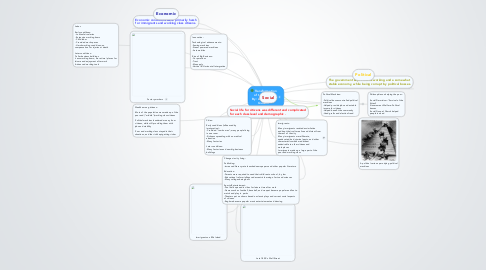Transformation of the North By: Adeola and Quasim
by Quasim Marshall

1. Factory workers
2. Late 1800's Wall Street
3. Immigrants on Ellis Island
4. Changes in city living: Publishing: -increased literacy rate launched newspapers and other popular literature Education: -Parents were required to send their children to school , by law -Educational reform influenced eccentric learning of arts and sciences -Many colleges being built Sports/Entertainment: -Pool halls opened in cities for leisure time after work -Games such as football, baseball, and croquet became popular and fun to watch and play in parks -Theaters put on shows based on classic plays and current social aspects of citizens -Ragtime became popular music entertainment and dancing
5. Wealth among citizens: -Most of the population was made up of the poor and ("middle")working class citizens -Political machines laundered money from citizens, while still providing them with jobs and stability -Poor and working class stayed in their situations, and the rich kept getting richer
6. Innovation: Technological advancements: -Sewing machines -Steam powered machines -Automobiles Rise of Big Business: -Corporations -Trust -Monopoly -Vertical & Horizontal Intergration
7. Economic conditions were primarily harsh for immigrants and working class citizens.
8. Social life for citizens was different and complicated for each class level and demographic .
9. Labor: Early conditions: - Low/unfair salaries - Extensive working hours - Child labor - Crowded work spaces - Harsh working conditions; no compensation for injuries or death Later conditions: -Taller business buildings -Less working hours; more time/ places for leisure and enjoyment after work -Advanced working tools
10. Economic
11. Social
12. Cities: Early conditions (influenced by immigration): -Crowded "row homes"; many people living in one room -Sickness spreading with no medical attention -Many factories Later conditions: -Many factories and new big business buildings
13. Immigrants: -Many immigrants resisted assimilation and kept their culture alive and distant from the rest of the city -Many immigrants were illiterate, uneducated, had criminal pasts, and other characteristics which made them undesirable to other citizens and workplaces -Immigrants made up a large part of the poor and working class
14. The government kept citizens working and a somewhat stable economy, while being corrupt by political bosses.
15. Political
16. Political Machines: -Political bosses controlled political machines -Helped provide jobs and a stable income for citizens -Helped benefit the community -Used grafts and election fraud
16.1. New node
17. Philosophies on helping the poor: -Social Darwinism: "Survival of the fittest" -Government Welfare: Political bosses -Social Gospel: Church helped people in need
18. A political cartoon parodying political machines


